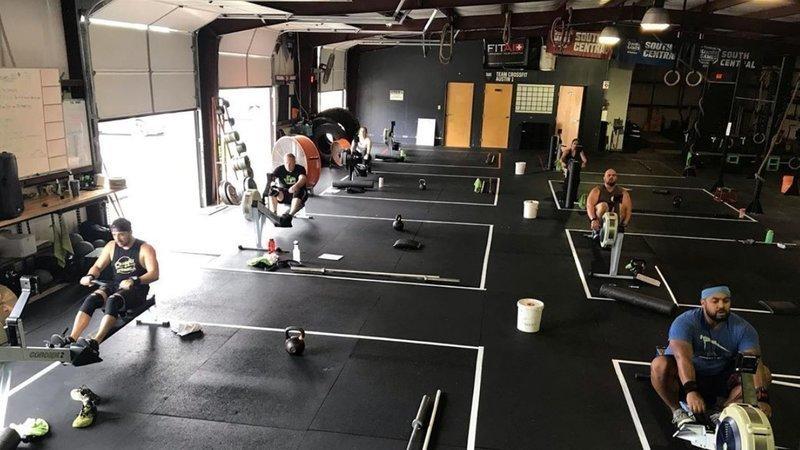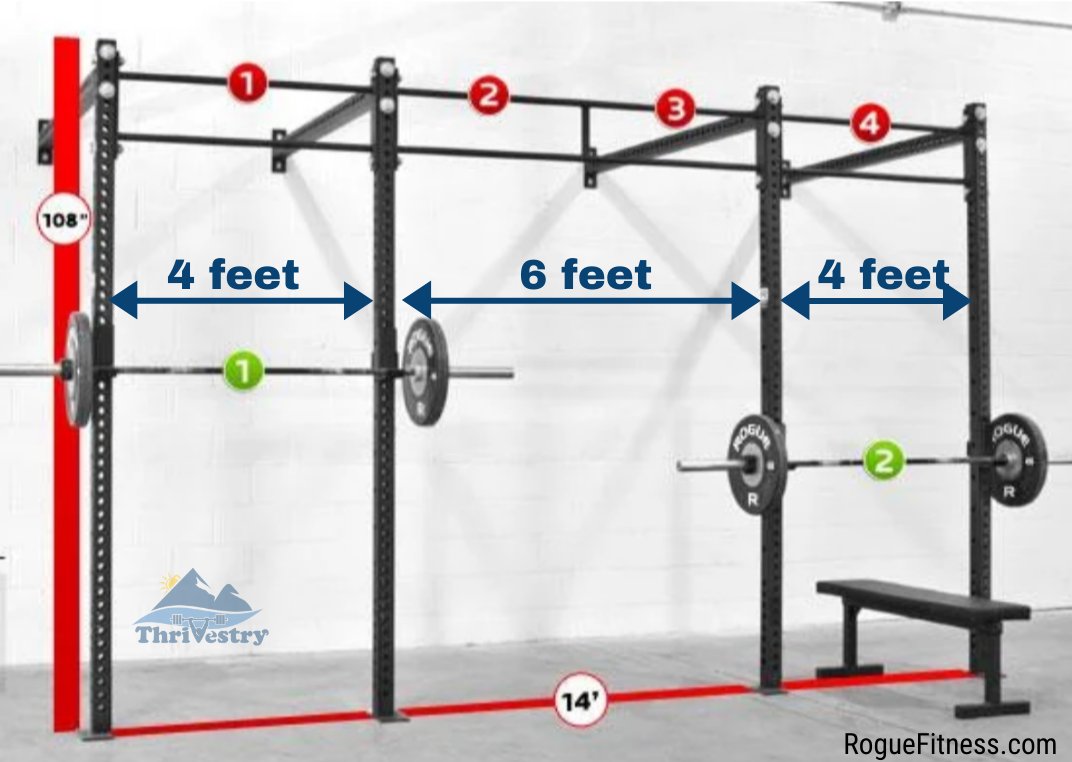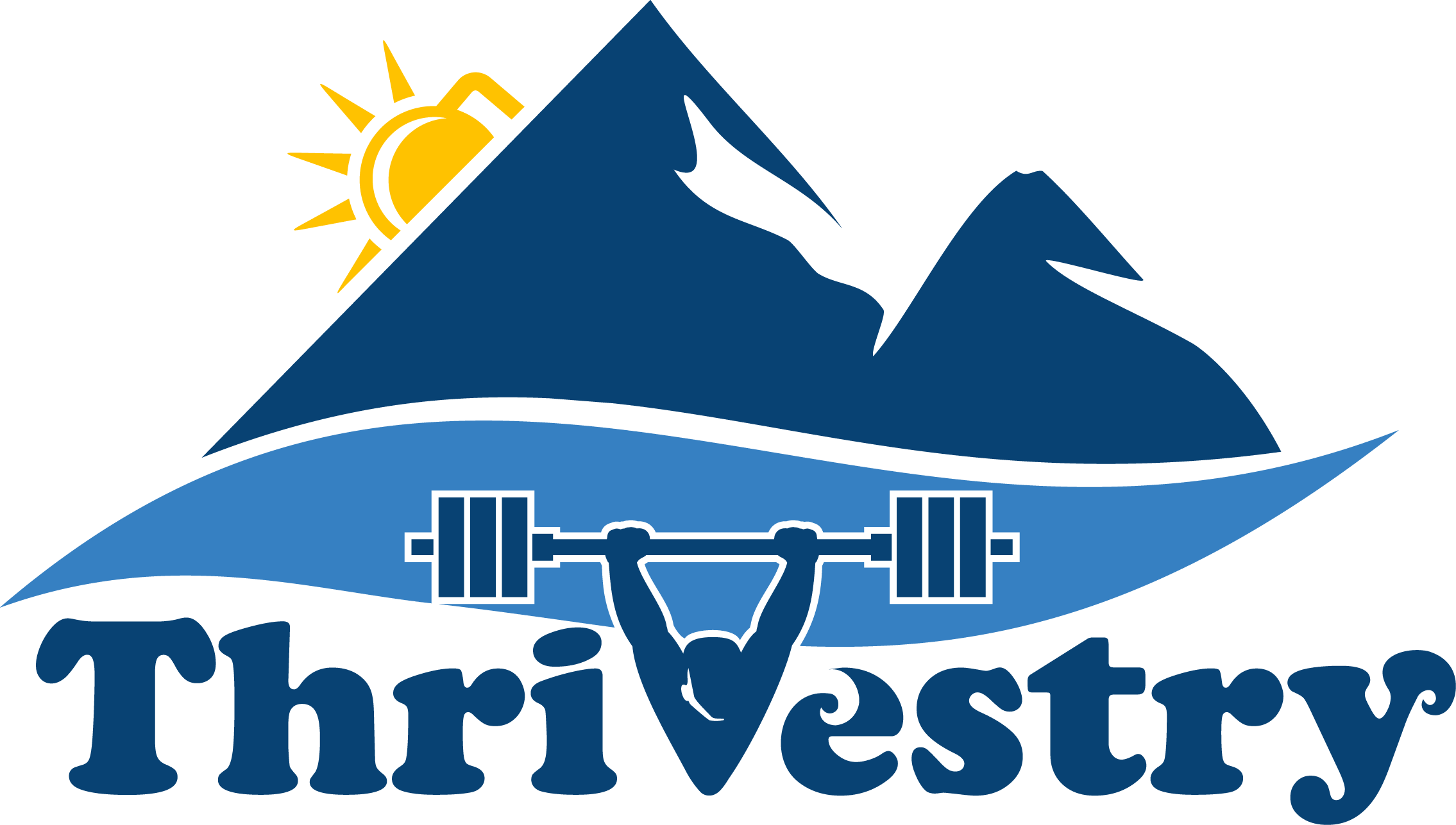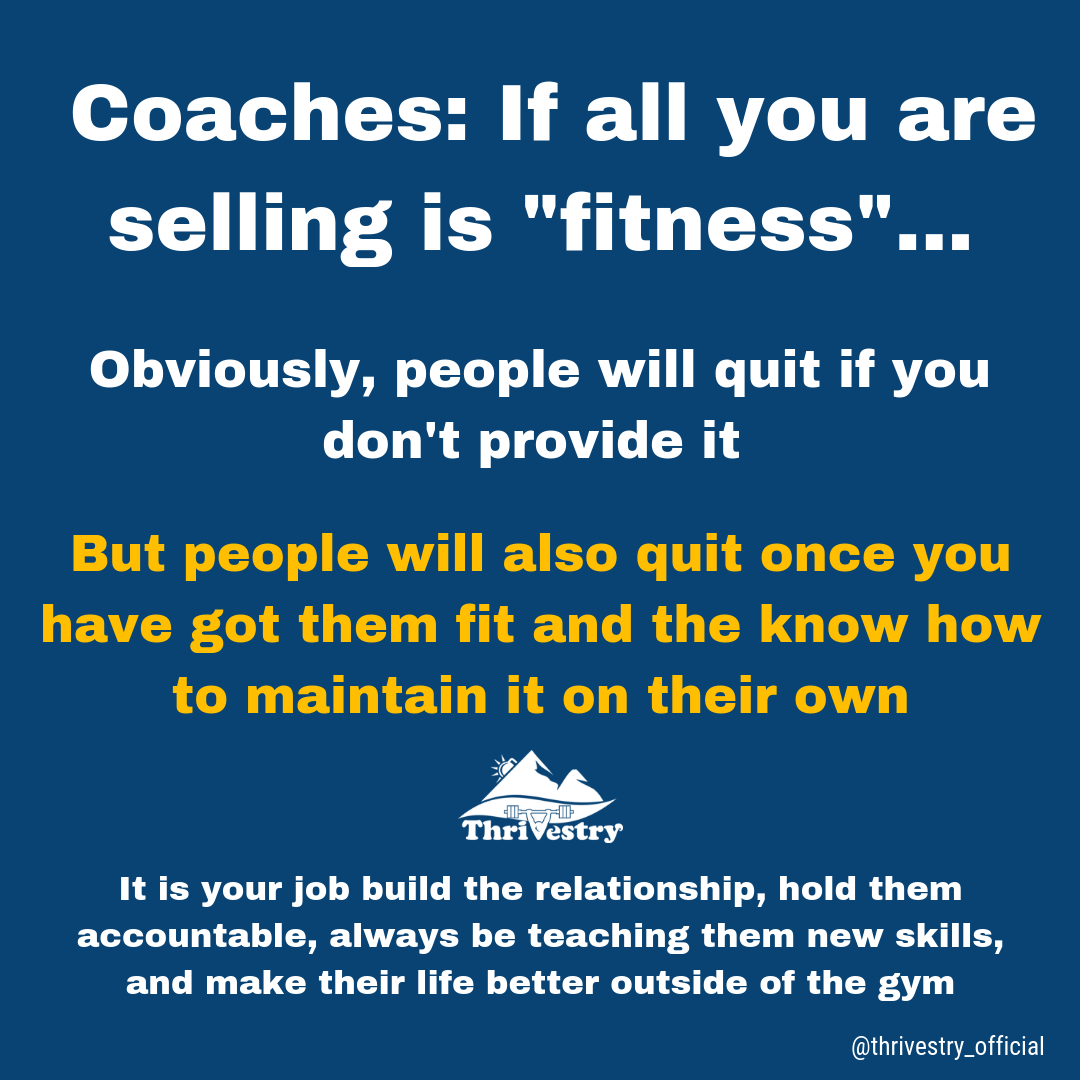Managing Risk When Opening the Gym Back Up
When it comes to opening back up under limited capacity, there are a ton of great resources that gyms/mentor groups have been putting out. It is up to you to decide when you want to open up, and what protections specifically you want to put into place. Today we are going to cover some bigger principles, some recommendations, and what the real purpose to opening back up early is.

Remember that opening back up is an exercise in risk management. You will want to balance the benefits of opening up (helping people stay healthy, helping people stay sane, retaining clients) with the risks (potentially exposing people to the virus).
If you open up with minimal protections in place, you will have a higher chance of potentially spreading the virus and there is also the chance that some people will not take advantage of it because they don’t feel ‘safe’.
If you open up with heavy protections, you’ll be limited on how many people come (people won’t want to work out wearing masks, etc.) and it will be more expensive for you (less people per class, more sanitation supplies, etc.).
Keep in mind that the measures act as a combination of risk mitigation and psychological safety. Some people will care less about the measures because of their personal beliefs and some people will care more. The key is to balance the two, so you satisfy the most amount of people without risking too much or making it impossible to provide a good experience.
The exact combination of protective measures is up to you, but I do recommend getting feedback from your members about how they feel about coming back.
Get Feedback Before You Open
Outline your plan for coming back in a brief document. Then take a survey (Google Forms is fine for this) to gauge people’s interest and to get feedback.
Keep the form short and sweet. At the minimum:
- Have a field for name, but you do not make it mandatory (you might get more responses if people do not have to put in their name or email). If people do fill out their names, you’ll be able to follow up with them with additional questions. For example, if someone is not interested in classes, they might be interested in socially-distanced one-on-ones (See last week’s post about how to do 1-on-1s if you aren’t experienced with them).
- Ask if they would feel safe coming to the gym for group classes following the guidelines presented. This can be yes/no or you could make it a scale of 1-10 (10 being they would absolutely come).
- Ask how many times per week they would like to come according to the schedule presented in the guideline.
- Have them fill out which time slots and days they would be most likely to attend. Use check boxes for days of the week and then another check box or drop-down box for time.
- Have a field where they can give feedback and/or recommendations for additional measures to consider.
The feedback on this form will help you update your policies and procedures as well as dictate what your schedule will be like.
Schedule
I recommend opening up classes in a very limited capacity at first. It is always easier to add more classes to meet demand than it is to manage dozens of classes that aren’t ‘full’.
Determine how many people you can have per class (see below), and then try to have enough classes for people to come in once per week with a little extra to spare. If you want to add more classes, you can. Just remember that the more classes you have, the more coaching hours and cleaning (on top of the online classes and personal training sessions) you’ll have to manage.
Asking people to come just once per week for the first week or two will help increase demand (because of limited supply), help you gauge actual attendance, limit risk/exposure in the case of one person having the virus, and allow you to only open the gym a few days per week (reducing workload for driving to the gym, setting things up, etc.).
Consider a Monday, Wednesday, Friday, schedule with a possible Saturday. Set up enough times to provide at least one class for all of your clients. For example, if you can safely have 5 people per class, and your gym is 150 members, you’ll need 30 micro classes spread throughout the week minimum (150/5 = 30). If you can safely accommodate 10 people per micro class, you’ll only need 15 classes for the same amount of people.
In the former case, you can do 8 classes on M/W/F and then 6 on Saturday. If you need more classes, you can do more on the same days, or open up on other days.
Side Note: If you have enough coaches and space, you can also do some one-on-ones or Open Gym during class times, but you’ll want to know for sure if the person is okay with working out while a larger group is going on at the same time.
Signing up ahead of time for these classes will be REQUIRED of course. Ideally, you’ll have them reserve a couple days in advance. Even better if people can make it a weekly appointment (they come to the same class each week).
If some of the classes aren’t full, you can let people know so they can reserve a spot and come in more than once per week.
It will make sense to put ‘blocks’ of classes in the morning and the evening, but keep in mind that many more people will be willing to come in during the middle of the day than before the shut-downs. As opposed to doing classes starting at 5 or 6am and then ending at 8 or 9pm, it may be better for you to have 5 classes from 7am -12pm and then 2 – 8pm (that would be 10 classes).
The classes will need to be a bit shorter than the full hour to prevent too many people from being at the gym at the same time. Shoot for classes to end at 50 minutes to allow for clean up and people to clear out.
Capacity
To determine how many people you can coach at a time, measure the workout area (not your total square footage) and dividing it by 144 sq.ft. This allows each person to have their own 12’ by 12’ station. As opposed to taping off a simple 12x12’ grid, tape the boxes at 10x10’ and allow for a 4’ “lane” between each station (or tape at 12x12' and a 4' lane if possible -see below-). This will help people maintain distancing in the ‘heat of the metcon’ when they aren’t paying attention to everyone around them.

(A good example of individual boxes with ‘lanes’ in-between at CrossFit Austin)
You may also want to limit the number of people based upon how many squat stations you have. The standard rigs are 4 feet between the uprights, and 6 feet between each rack. If you (and they) are comfortable with this, it means that as long as they both aren’t changing plates next to each other, on the same side, they will be 6 feet apart as long as they don’t go past the uprights.

(Photo courtesy of Rogue Fitness)
If you have a free standing rig, the stations are usually 6’ apart on the opposite side. People ‘could’ face each other and be relatively safe when doing squats, push presses, etc., but it might be good to teach people to alternate between when they ‘un-rack’ the bar.
Side Note: The reason I mention the racks as a limiting factor for capacity is because many people will be amped up to use a barbell again. If they can’t use a rack, the barbell strength movements will be limited, and they will be disappointed about what workouts they’ll be allowed to do at the gym.
For the classes, you can have a combination of marked off boxes and assigned racks for lifting and pull ups/toes to bar/ring movements. Each box should have its own set of basic equipment (make sure you collect enough equipment back that was loaned to members). A stack of bumpers, a barbell, collars, a couple sizes of DBs/KBs, an Abmat, Box, Mobility Ball, a Rower, Jump Rope, etc.
Safety Measures
As stated above, your unique combination of safety practices will depend on member responses to the survey, your own facility, and what local mandates dictate. But here is a short list to get you started:
- Upon entering the gym, everyone will be required to wash their hands or use hand sanitizer.
- Temperatures may be taken using non-contact thermometer.
- Masks are encouraged but not required for the entire length of the class.
- Everyone is required to bring their own water bottle and/or towel.
- Each person will have designated equipment and a place to train appropriately separated from others in the class. Each station is designed to be appropriately distanced.
- The number of slots per class will be fixed, and you must register 24+ hours in advance
- Classes will be 60 minutes long with at least 10 minutes to clean your equipment before and after your workout and enough time to leave before the next class is admitted.
- Fans will be used to move fresh air into the gym and ‘used air’ outside of the gym.
- The gym will be thoroughly sanitized throughout the day.
- The gym will maintain a log of attendance to notify concerned parties in the event someone is diagnosed with a positive test (to aid in contact tracing).
For a great example with a Q & A section (and site specific recommendations), check out Harbor City Community Fitness’ Page: https://www.hc2gym.com/hc2-official-re-opening-plan/
The Real Purpose of Opening Up with Personal Training/Limited Classes
It is easy to believe that opening up is critical to sustaining your business because people are paying for use of the gym and the equipment they don’t have at home. But that isn’t the main purpose…
The ‘real purpose’ of opening the gym back up (for personal training or micro classes) is to provide personal connection, coaching, and giving people a chance to get out of their house and interact with their friends.
Remember when we talked about Class Experience? All of the same rules apply. We can amplify our value by continuing to offer online options while creating engagement, feeling, learning, and sociability.
Make sure you are maximizing these things in your micro classes and personal training to create the best experience (and retention) for your clients!
Thrive on.
-jj
Please share this if you found it useful or if you think it might help someone else.
Here are a few other things you may find interesting:
Building a Gym to Last 100+ Years? Don't Forget This Key Ingredient
Is there one thing you can focus on that will give your business the greatest chance of lasting 100+ years? What does this have to do with learning the Fox Trot?
The BIGGEST Problem with the Fitness Industry
What if I told you there needs to be a monumental shift in the fitness industry?
Fitness professionals, enthusiasts, and facilities are focusing on the wrong things...



0 comments
Leave a comment